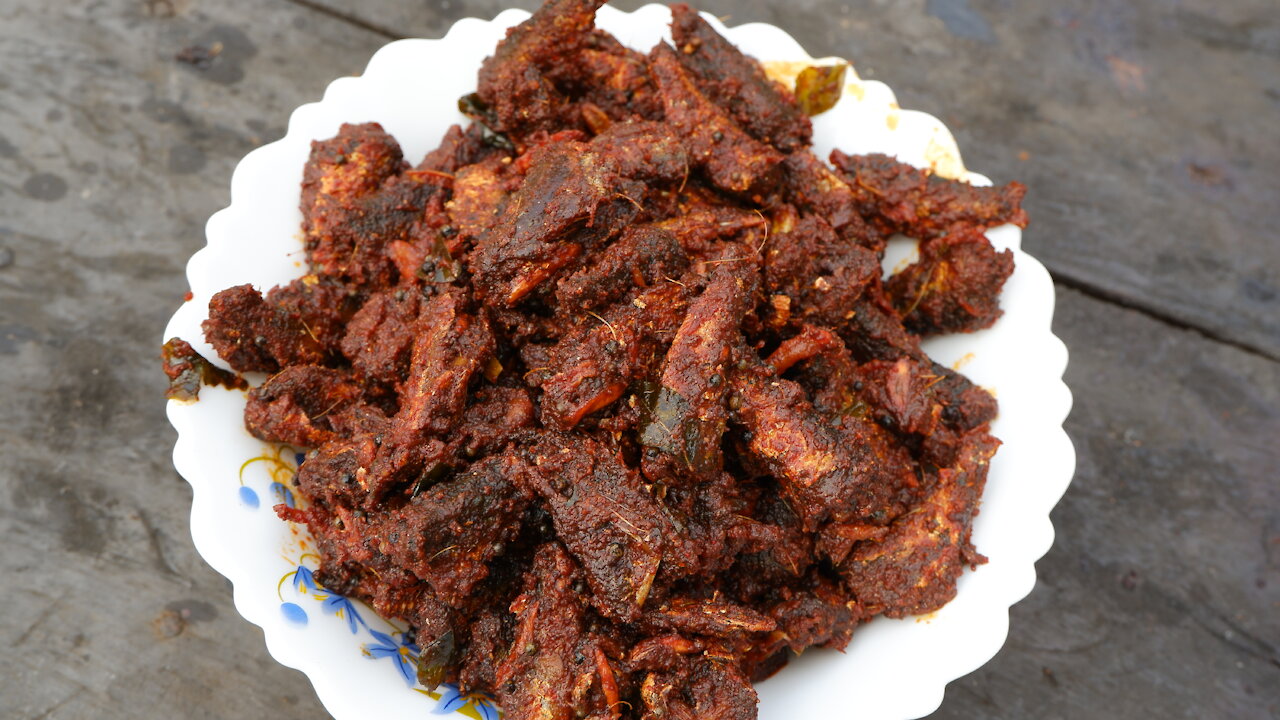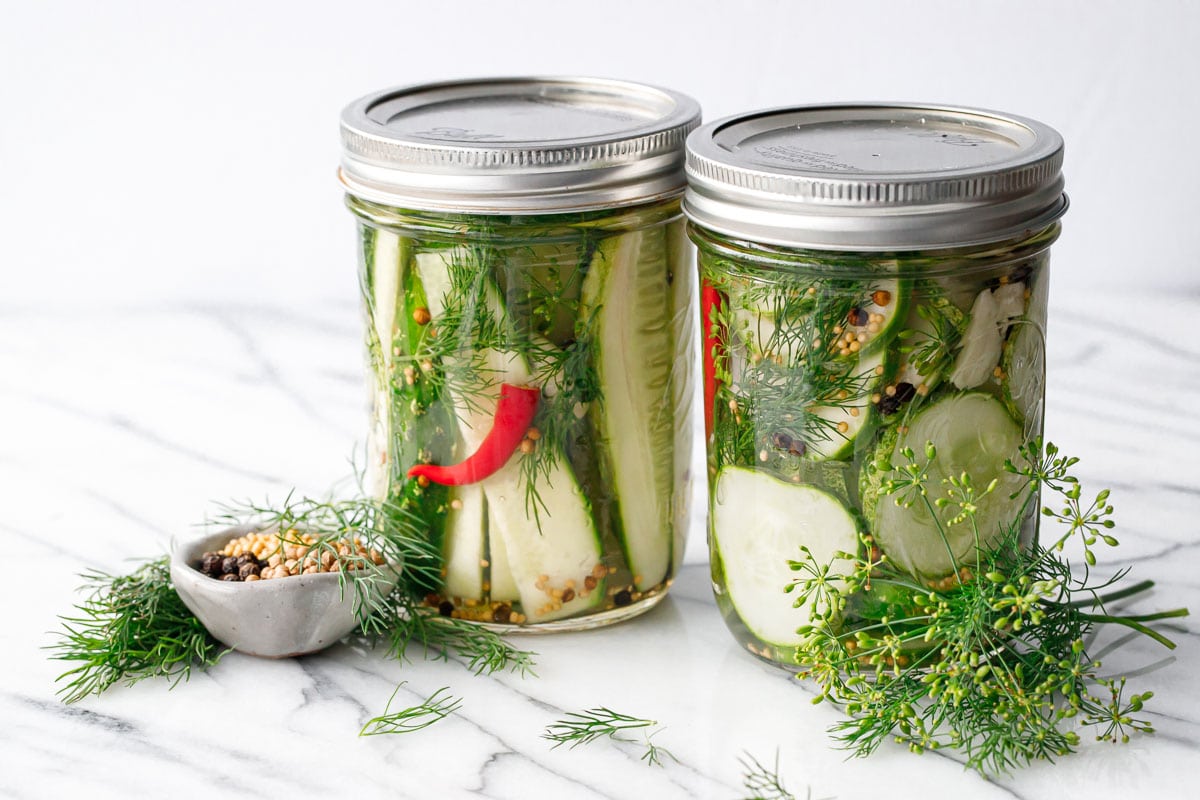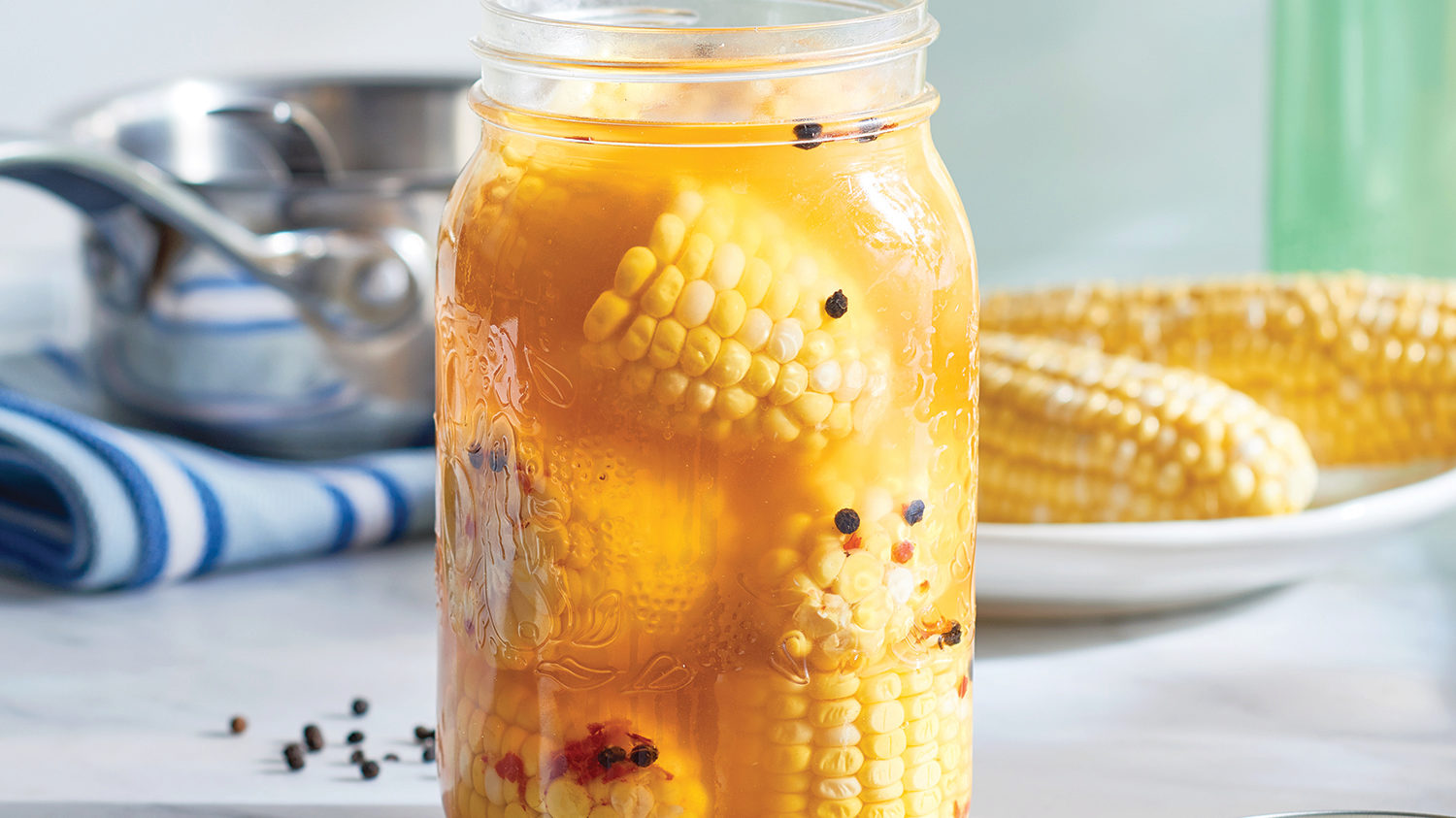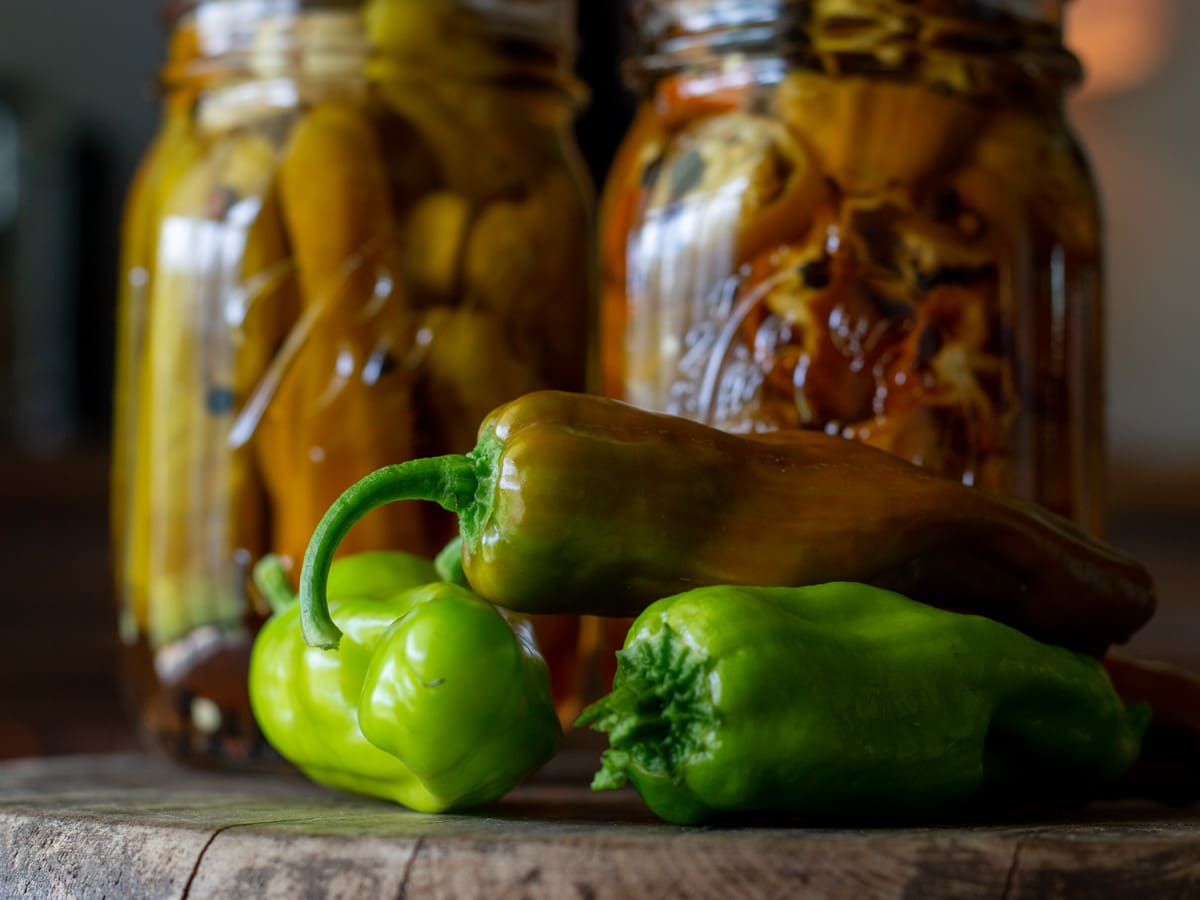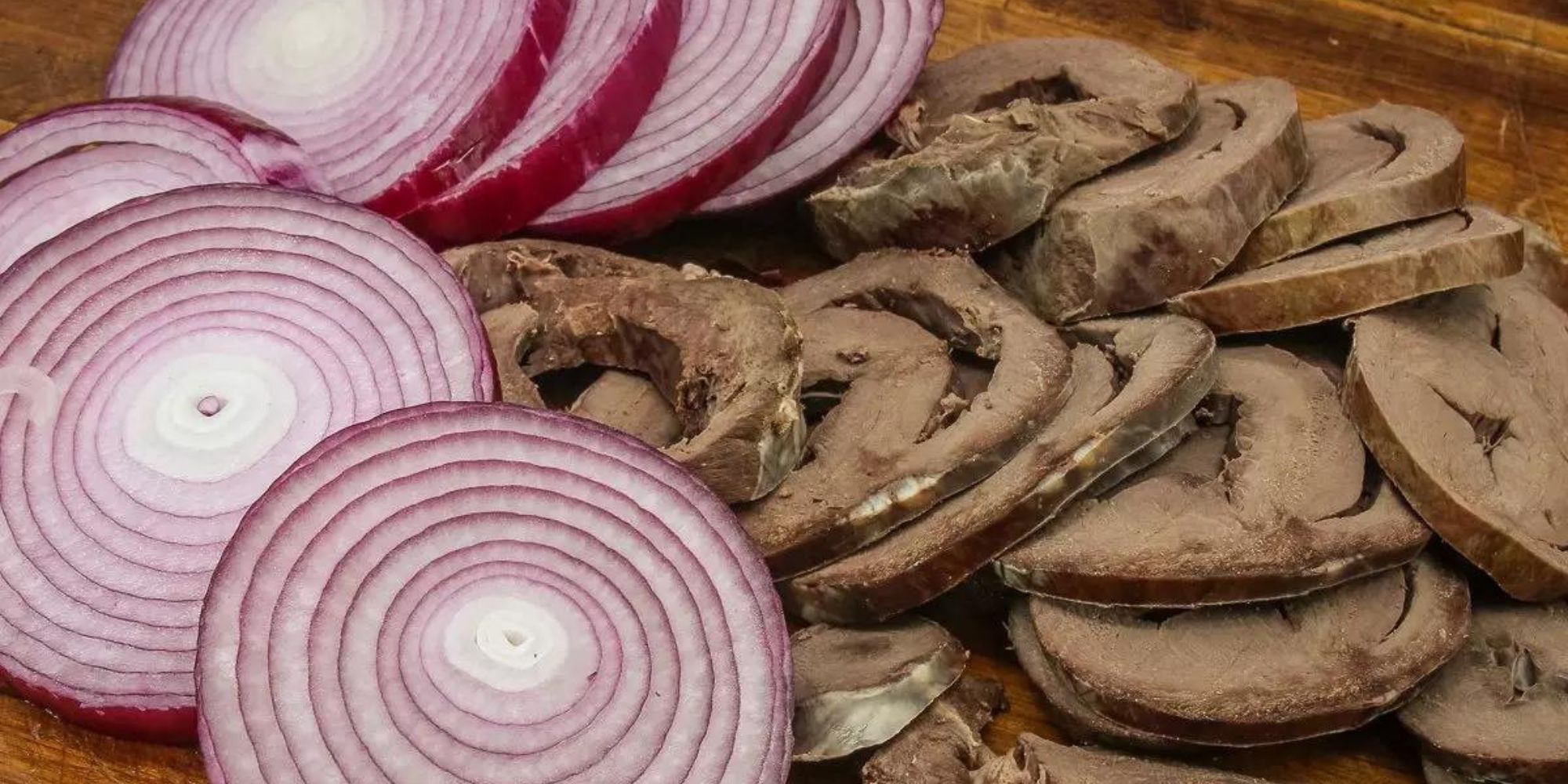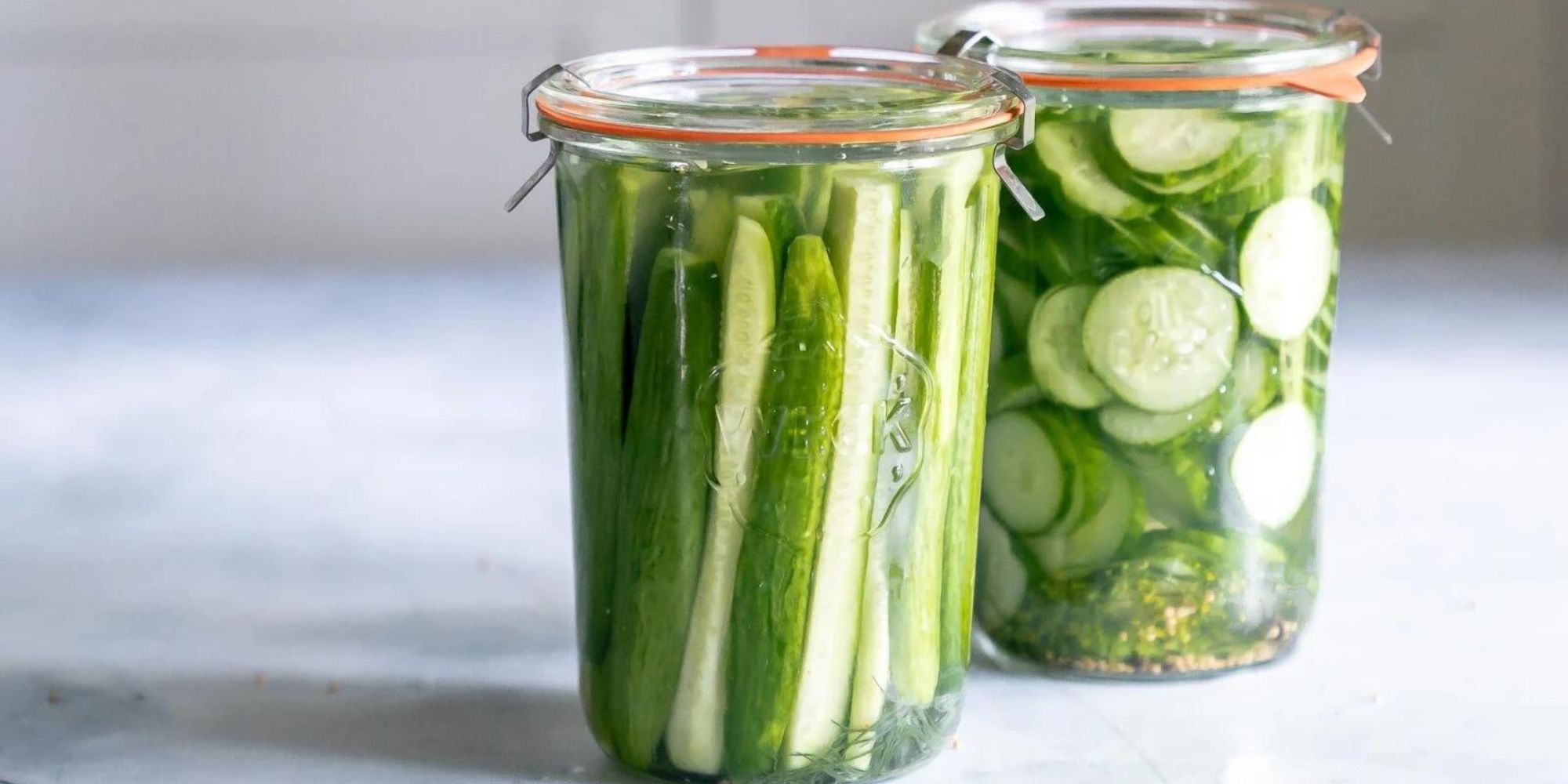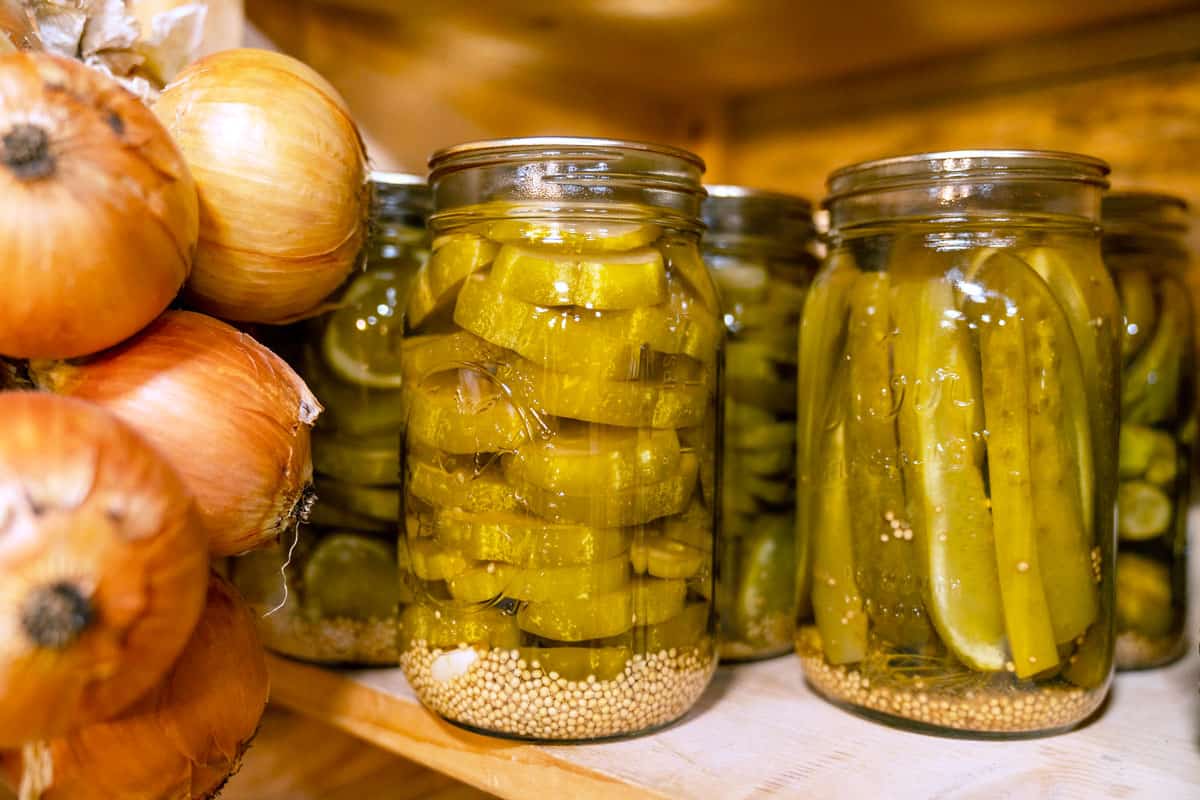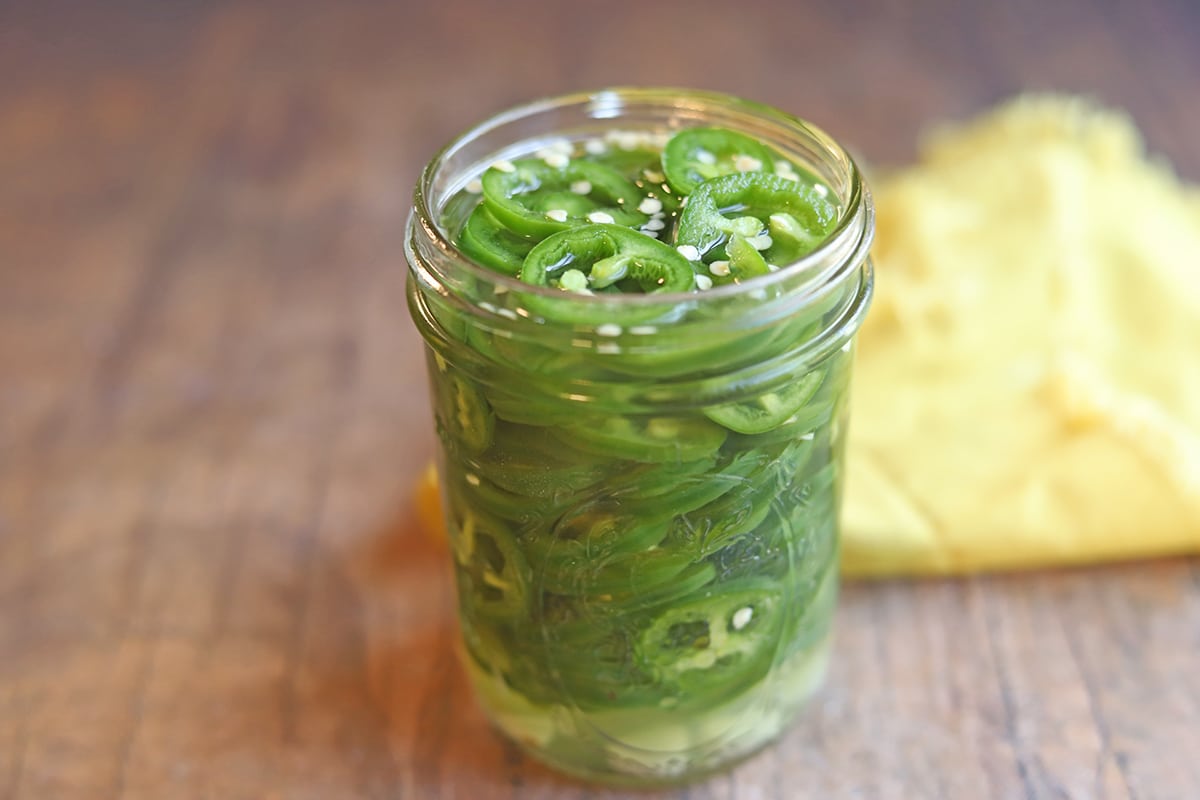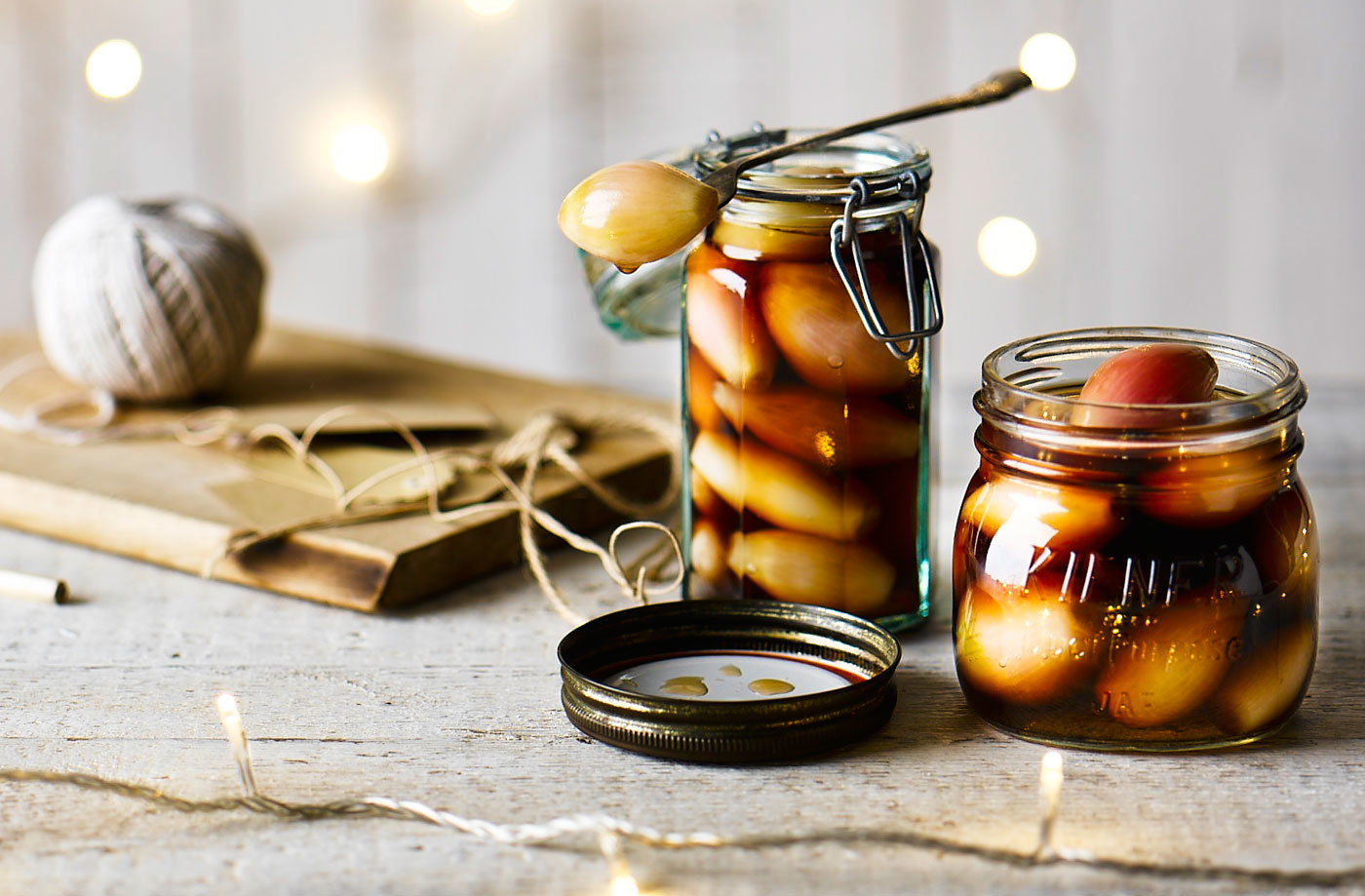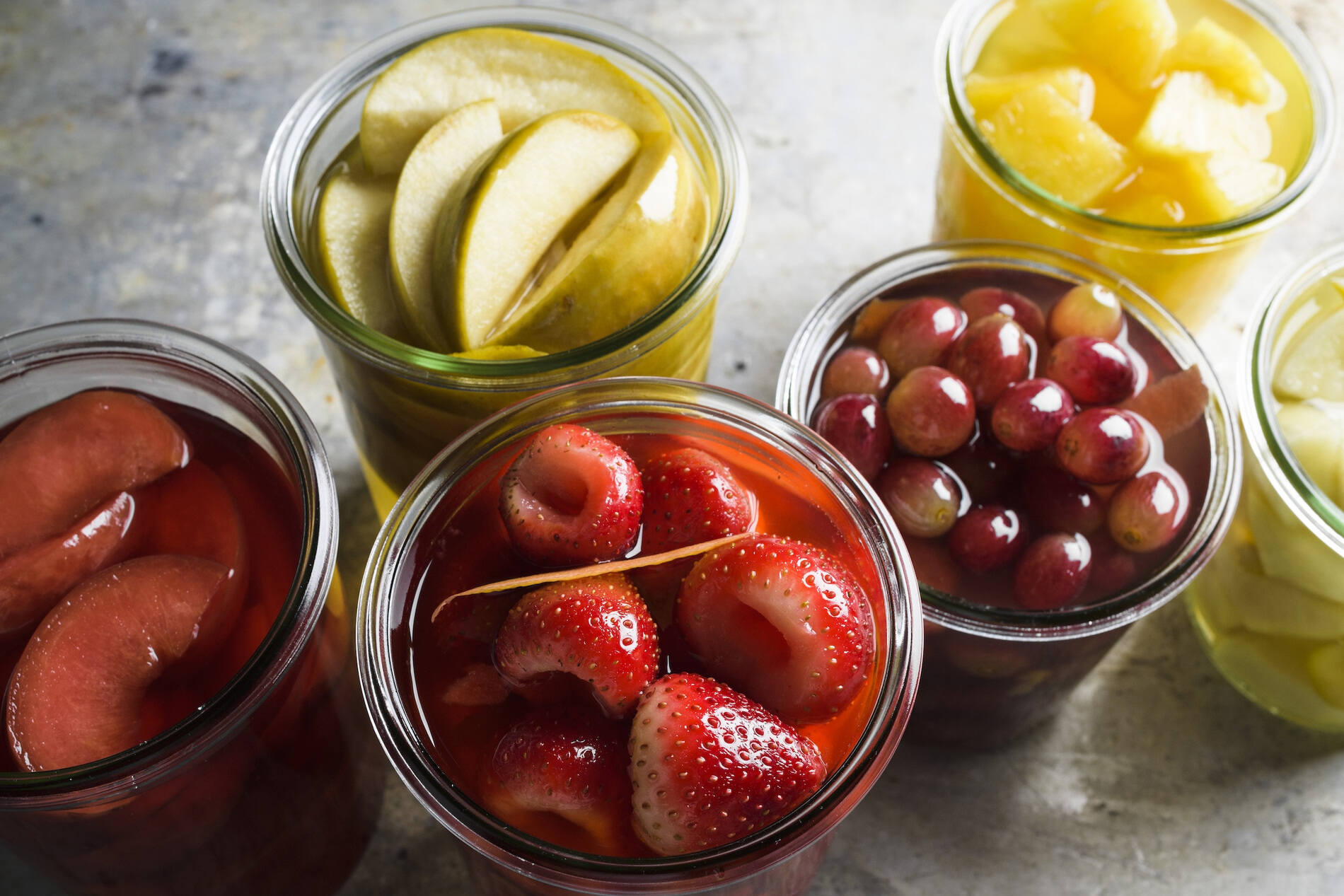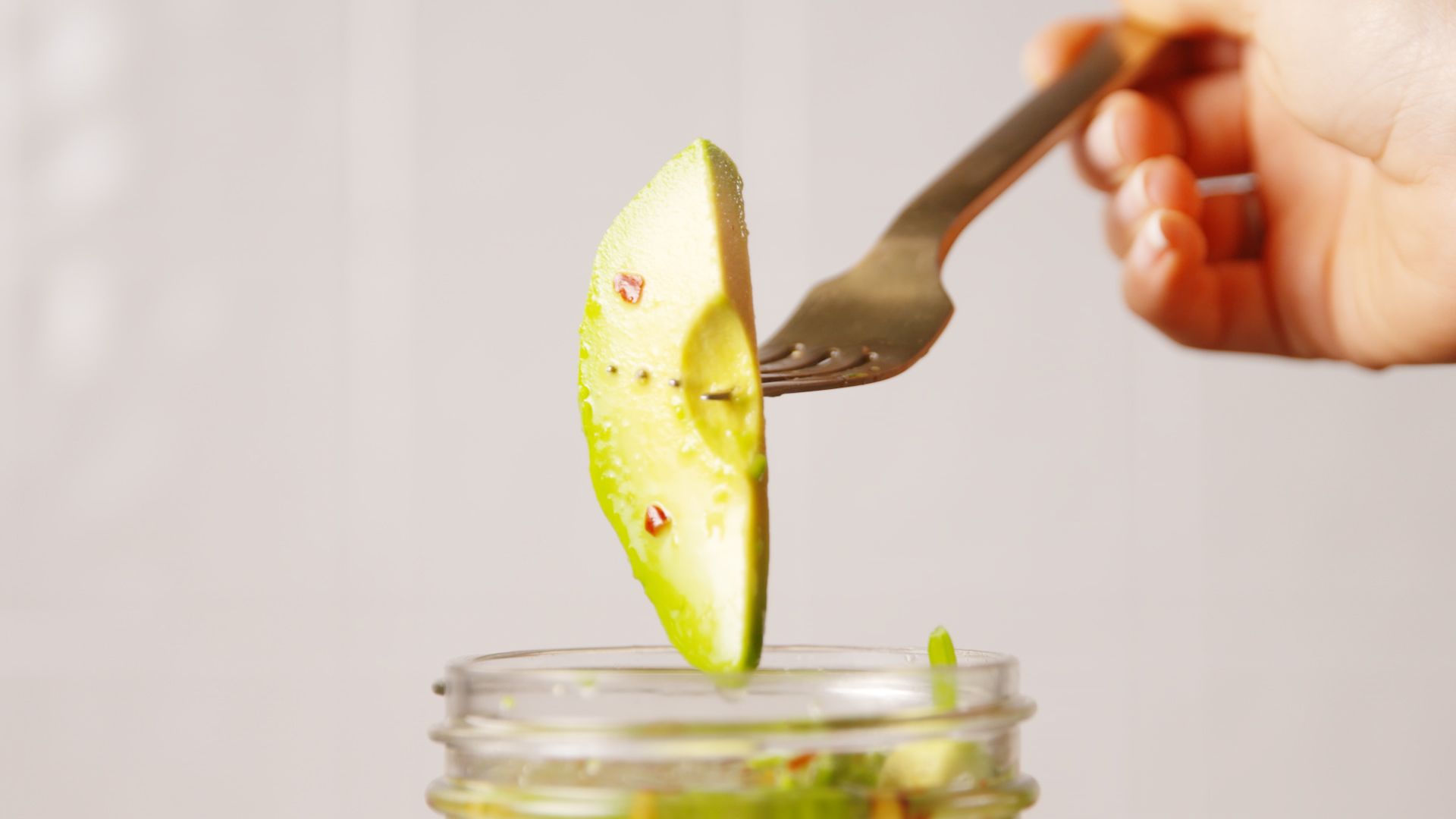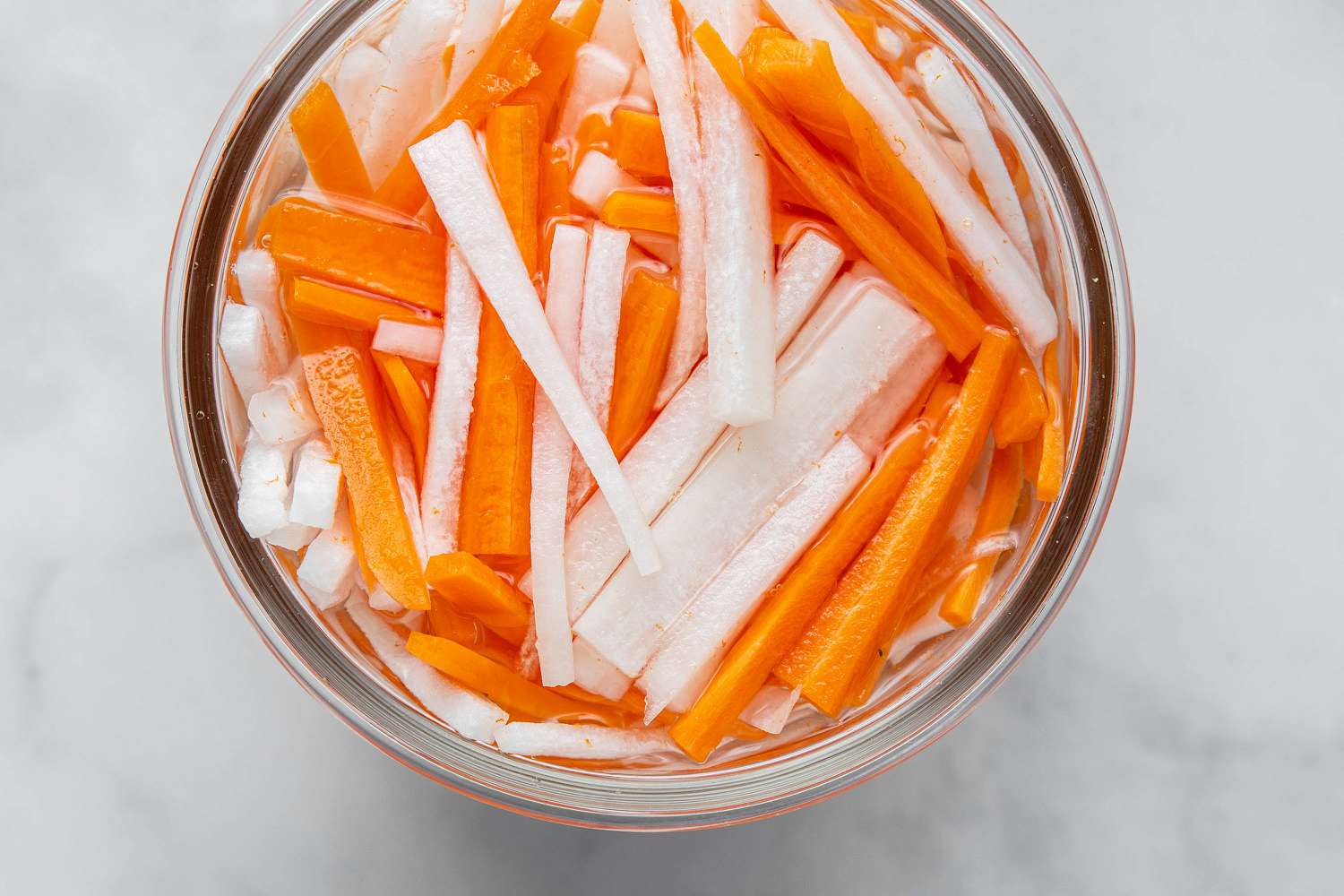Deliciously Tangy: How to Pickle Bologna
Are you looking for a unique and flavorful way to enjoy bologna? Pickling bologna is a fantastic way to add a tangy and zesty twist to this classic deli meat. Whether you’re a pickle enthusiast or just looking to try something new, pickled bologna is a delicious treat that is easy to make at home. In this guide, we’ll walk you through the simple steps of pickling bologna so you can enjoy this tasty snack anytime you want.
What You’ll Need
Before you get started, gather the following ingredients:
- 1 pound of bologna
- 1 cup of white vinegar
- 1 cup of water
- 1/4 cup of pickling salt
- 1 tablespoon of sugar
- 1 teaspoon of whole peppercorns
- 1 teaspoon of mustard seeds
- 1 teaspoon of red pepper flakes
- 1 clove of garlic, minced
- 1 bay leaf
Instructions
Once you have all your ingredients, follow these simple steps to pickle your bologna:
- Cut the bologna into bite-sized chunks and place them in a clean, sterilized jar.
- In a saucepan, combine the white vinegar, water, pickling salt, sugar, peppercorns, mustard seeds, red pepper flakes, minced garlic, and bay leaf. Bring the mixture to a boil, then reduce the heat and let it simmer for 5 minutes.
- Pour the hot brine over the bologna in the jar, making sure the bologna is completely submerged.
- Allow the pickled bologna to cool to room temperature, then cover the jar and refrigerate it for at least 24 hours to allow the flavors to develop.
Enjoying Your Pickled Bologna
Once your pickled bologna has had time to chill and marinate in the flavorful brine, it’s ready to enjoy. Serve it as a tasty snack on its own, or add it to sandwiches, charcuterie boards, or party platters for a unique and delicious twist. The tangy, zesty flavor of the pickled bologna pairs perfectly with creamy cheeses, crusty bread, and crisp pickles for a delightful culinary experience.
Now that you know how to pickle bologna, you can impress your friends and family with this unique and flavorful treat. Experiment with different spices and seasonings to create your own custom pickled bologna recipe, and enjoy the tangy, zesty goodness of this delicious snack.
So, what are you waiting for? Pick up some bologna and get pickling!
Was this page helpful?
Read Next: How To Pickle Sausages
GLPRetail
GLP Retail is providing the best outdoor lighting with reasonable prices and warranty, these outdoor LED lights are made from quality material and best technology is used in these lighting.
